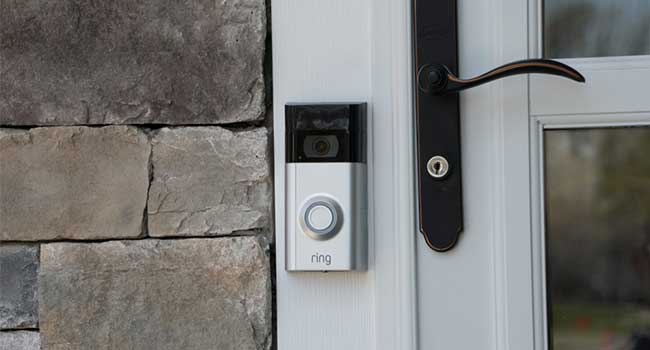
Investigation: Ring Employees Allegedly Accessed Users' Security Camera Footage
An investigation published by The Intercept found that some Ring employees were giving access to users' security camera feeds.
- By Sydny Shepard
- Jan 14, 2019
Ring, a security company owned by Amazon, is everywhere. If you aren't hearing their 30 second ad spots in popular podcasts on your commute to work, you are seeing captured footage a man licking a door bell watermarked with the Ring logo. The popular security company has infiltrated the home security industry, but are they, in turn, infiltrating your home?
Last week, Ring came under fire for allowing certain employees to sneak a peek at customers' security camera feeds. An investigation by the Intercept's Sam Biddle found that the owners of Ring security cameras may have been spied on in an effort to perfect some of the camera's features.
Citing sources familiar with Ring's privacy practices, the Intercept reported that employees who were reportedly granted "high privileged access" were able to gain access to video recordings as well as to Ring cameras in, or outside, a users' home, depending on where the cameras were positioned. All the employee needed to access these feeds was an email address.
"Beginning in 2016, according to one source, Ring provided its Ukraine-based research and development team virtually unfettered access to a folder on Amazon's S3 cloud storage service that contained every video created by every Ring camera around the world," Biddle said in his article. "This would amount to an enormous list of highly sensitive files that could be easily browsed and viewed. Downloading and sharing these customer video files would have required little more than a click."
According to the Intercept, the access was given to the research and development team in an effort to better the facial recognition technology embedded in the product.
Ring denies that users' of their home security cameras are being spied on. In an email to Gizmodo, Ring said they take the privacy and security their customers' personal information extremely seriously.
"In order to improve our service, we view and annotate certain Ring video recordings," a Ring spokesperson said in the email. "These recordings are sourced exclusively from publicly shared Ring videos from the Neighbors app (in accordance with our terms of service), and from a small fraction of Ring users who have provided their explicit written consent to allow us to access and utilize their videos for such purposes. Ring employees do not have access to livestreams from Ring products."
About the Author
Sydny Shepard is the Executive Editor of Campus Security & Life Safety.